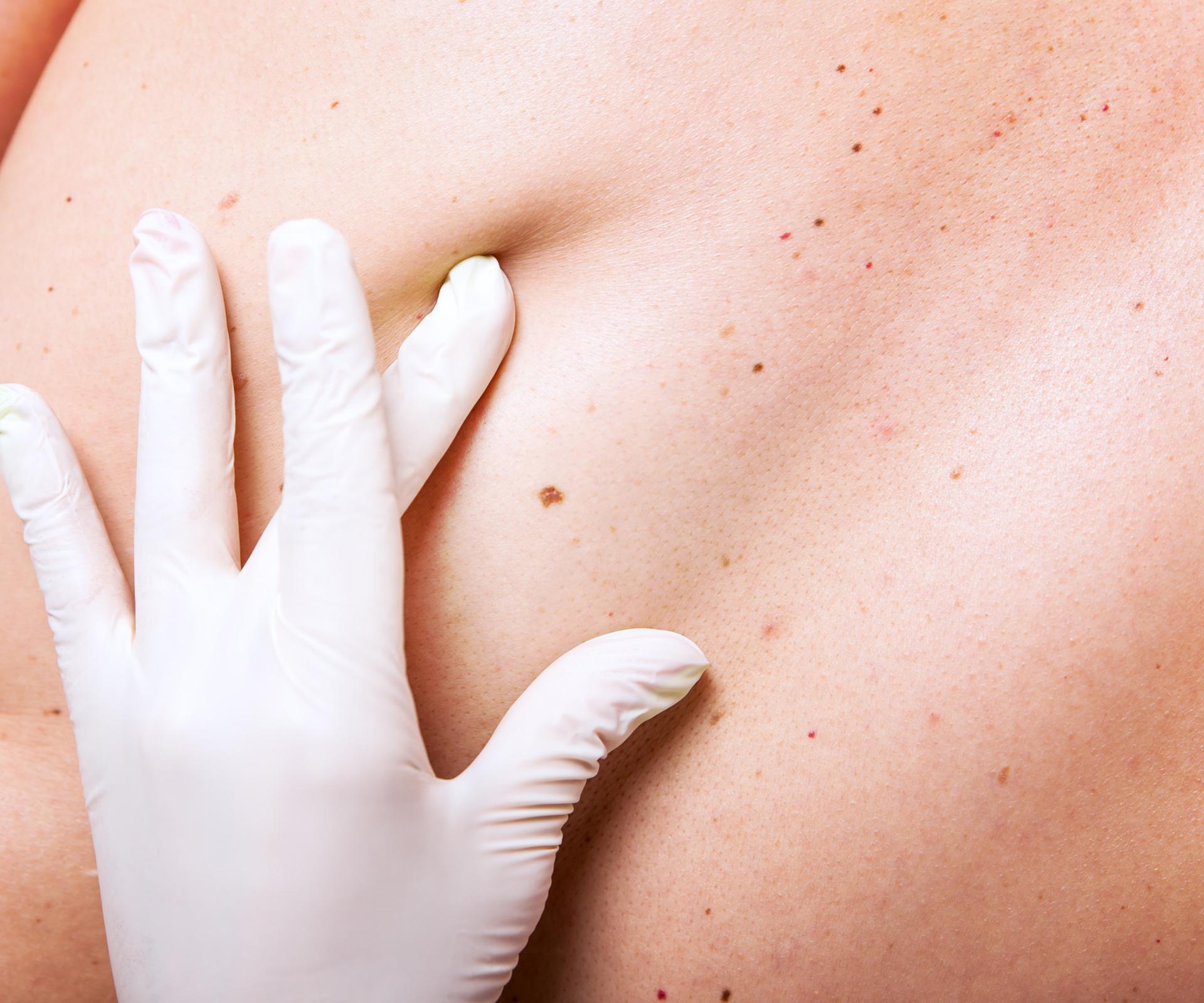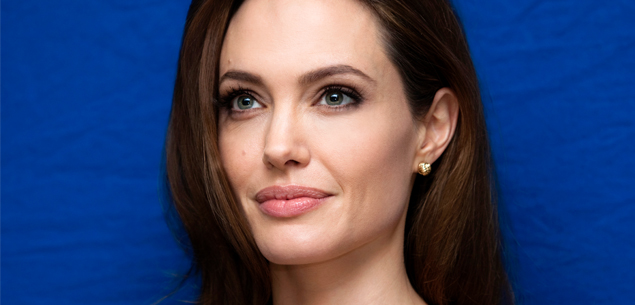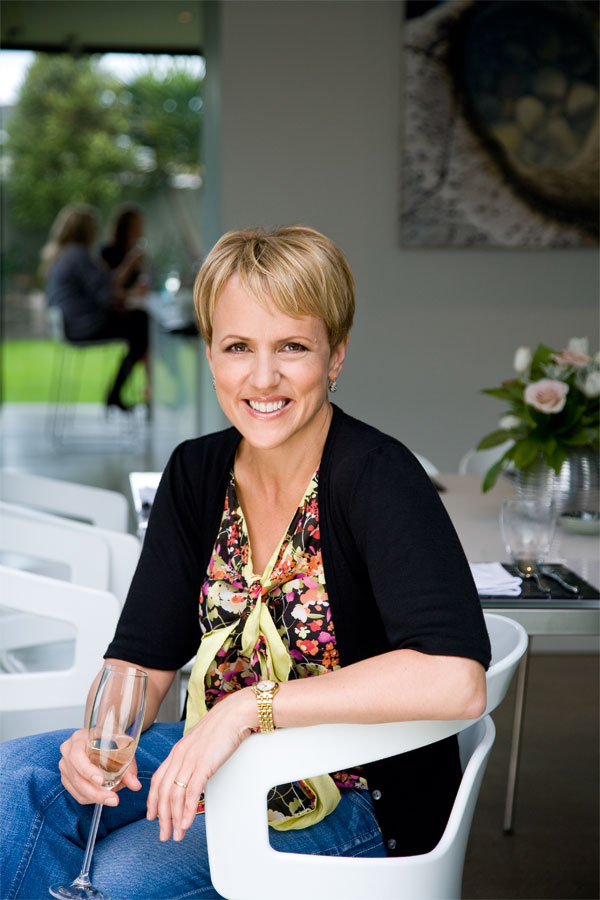New Zealand has one of the highest incidences of skin cancer in the world.
As its occurrence continues to grow, it is important to understand what exactly skin cancer is, how to spot it and what you can do to prevent it.
There are three types of skin cancer; Basal Cell Carcinoma and Squamous Cell Carcinoma, which are also referred to as non-melanoma skin cancers, are the most common.
But it is the third type of skin cancer, melanoma, that is the most dangerous.
It often appears as a new mole, or an existing mole that has changed in appearance.
Here is what to keep an eye out for:
– Shape: Melanomas tend to have irregular shapes and uneven borders, and can be thicker than other moles.
Colour: Moles that are unusual or uneven in colour are worth noting to your doctor.
Size: Any mole larger than seven millimetres, or which appears to be growing, may be a sign of skin cancer.
Melanoma can also appear as crusty, non-healing sores and may itch or bleed. They occur most often on the face, back, arms and legs.
Early detection is key
It’s important to get familiar with the look of your skin and to consult your doctor if anything seems different or odd.
Since skin cancers develop when skin cells have been damaged by overexposure to ultraviolet (UV) radiation, it’s also important to protect yourself on a daily basis.
Look for sunscreen with an SPF of 30 or higher, and make sure you’re applying it correctly.
You’ll need at least a teaspoon for each limb, front and back of the body, and to put it on 20 minutes before you go outside. After that, reapply every two hours.
Cover up in sun-protective clothing and hats, and double check that your sunglasses meet New Zealand standards.
The best method of prevention, however, is to avoid the sun where possible, especially during the middle of the day, when UV levels are most intense.
If in doubt, talk to your doctor about your level of risk, and for further advice.


